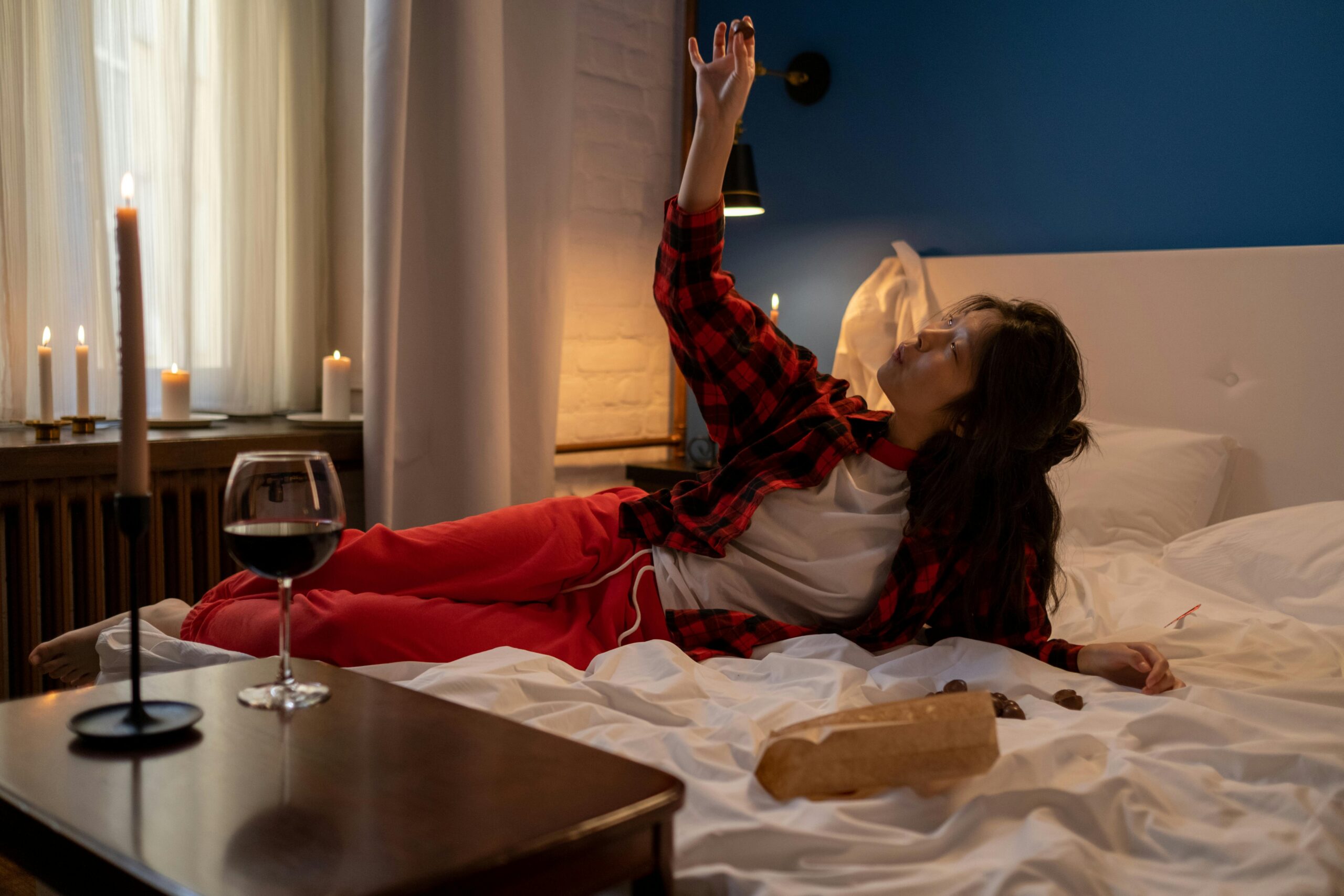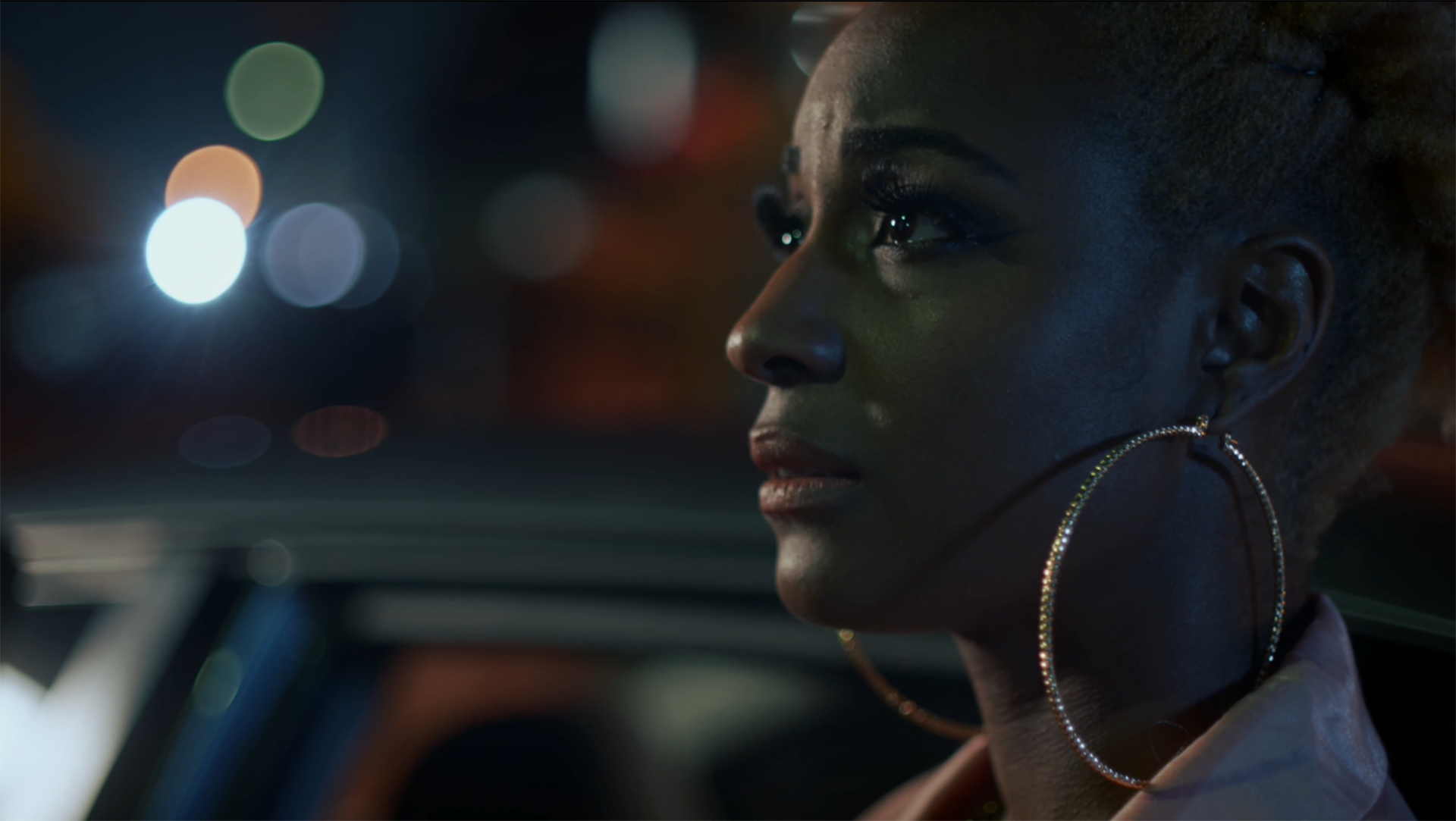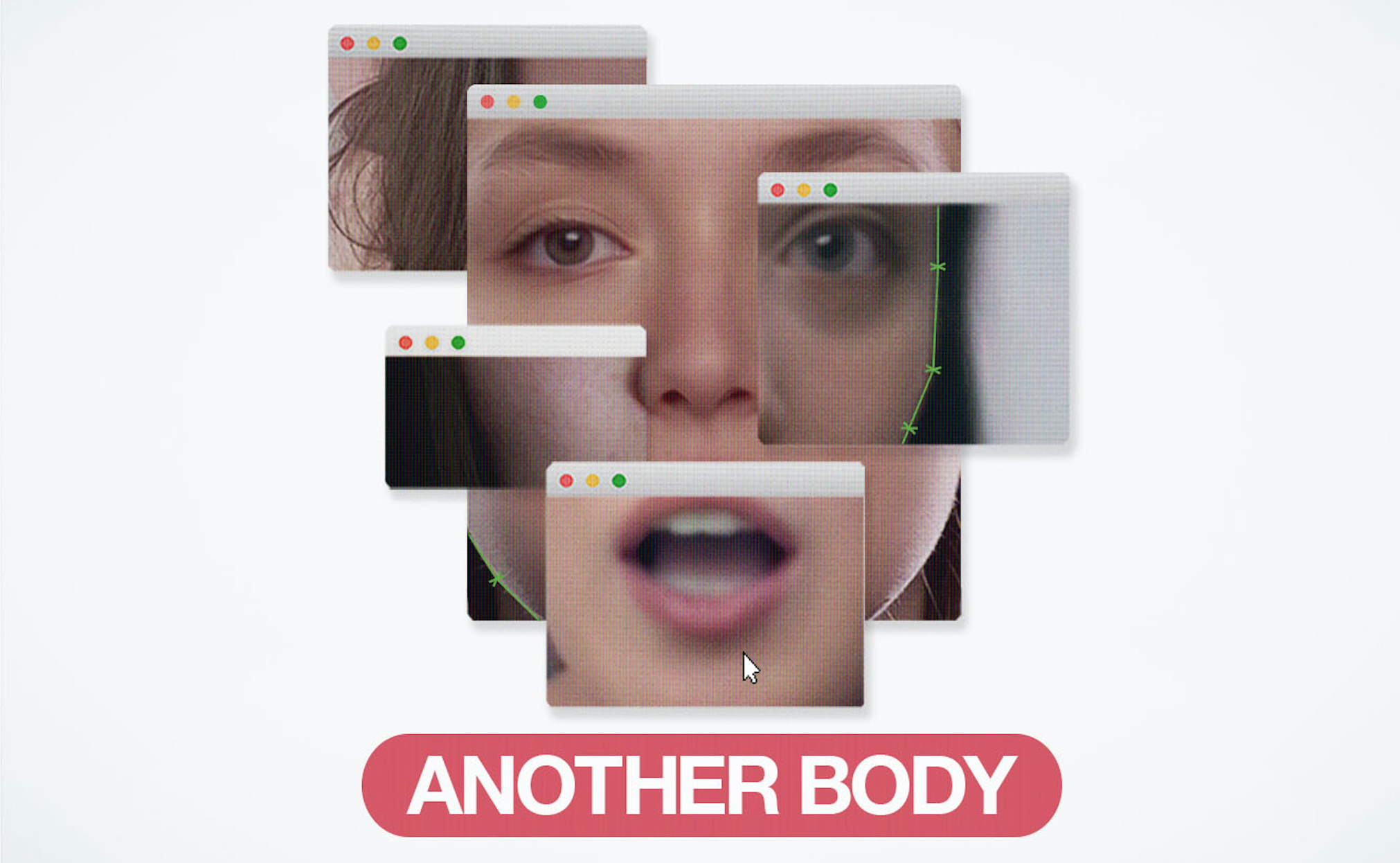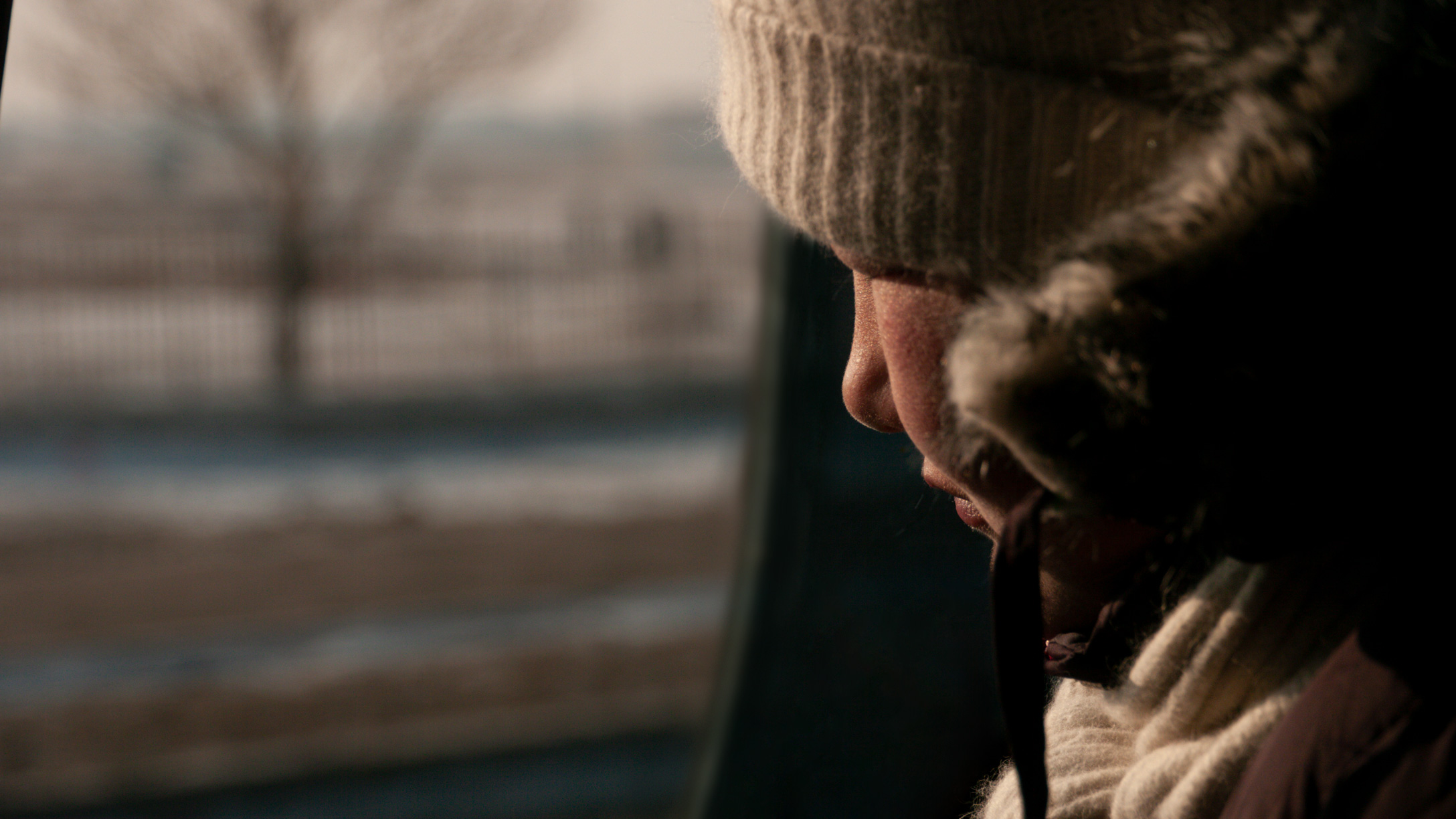
It’s a familiar story line – “woman does incredible, ground-breaking thing. World around her doesn’t understand and works to silence her. Man in similar industry copies or appropriates her work somewhat and becomes a cultural icon”. While this is true of so many brilliant women throughout history and from around the globe, what needs to be added to that narrative is the notion that “women finally gets the credit she deserves because modern day storytellers and advocates find the platform to share incredible woman’s work with the masses”.
This is what director Halina Dyrschka has done with her feature documentary ‘Beyond The Visible’, which exposes the way the art world has been driven by institutional sexism for a long time, through the perspective of the life of Swedish artist Hilma af Klint.
Hilma af Klint (1862-1944) was an abstract artist before the term existed – a visionary trailblazing figure who, inspired by spiritualism, modern science, and the riches of the natural world around her created a series of huge, colorful, sensual works without precedent in painting. Hilma af Klint’s first abstract painting is dated 1906, four years before that of Wassily Kandinsky.
Why was she ignored? Director Halina Dryschka’s dazzling, course-correcting documentary describes not only the life and craft of Hilma af Klint, but investigates the role accorded to women in art history and reveals how and why Hilma af Klint was scandalously denied the status of a pioneer of modern art. This recognition is now finally taking place; today her exhibitions are attracting millions of people worldwide, including a recent smash retrospective at the Guggenheim Museum in New York.
We spoke with Halina to discuss not just the way Hilma’s work was ignored, but how this badass artist refused to let the landscape of her time stop her from doing the ground-breaking work that is getting the recognition and credit it deserves. First, watch the trailer below:
How did you first hear about Hilma af Klint and her work?
I read an article in the newspaper in 2013. I was so intrigued by the story and also by the little photographs of her paintings that I went right away to the exhibition in Berlin. Hilma af Klint’s oeuvre was literally breath-taking: Standing in a room with “The 10 Largest” means basically you are surrounded by 25 meters of paintings, twice as big as yourself and in the brightest colors. But most remarkable was that the significance of this oeuvre was becoming almost tactile. There was a life-understanding energy coming out of these paintings that was electrifying.
There is a pattern of women throughout history being ignored or erased in favor of men who take credit for their work. Why was it important for you to share Hilma’s story with the world?
The most important thing was to tell as many people as possible about this incredible work from this woman. A film can spread the word more widely as an exhibition because it is not bound to one place. I did not care so much about art history in the first place but what really annoyed me was when I realized that many things that were told about her so far were not true. There was a strong attempt to make Hilma af Klint’s achievement smaller than that of her male colleagues. I asked myself why this work was hidden for so long and I realized that shockingly many art historians knew this work for decades and did not do anything to support this oeuvre. And the reason was mainly art history and the art market. If you possess a Kandinsky would you be interested in telling everyone that there was a women painting abstract before him?
We have to tell more heroine stories, more stories of women who did what they did despite the rules which did not allow them to do this or that. There are too many untold stories and very intriguing biographies of women. What I liked most about Hilma af Klint’s story is that her biography does not look like any other biography. Male or female. Her biography is unique and shows a strong steadfast character with an incorruptible sense to cut her very own path.

Her trailblazing work has clearly inspired many other artists, as you have showed in the film. How have people within the art community responded to the film and her story?
Most of the big art magazines wrote about the film but personally I did not get too much response, unfortunately. In the US I had more museums which started discussions with me for their audiences. This was really interesting for me but the main point is that the biggest art institutions seems to live in an ivory tower and they don’t see the necessity to explain themselves or discuss questions.
Why do you think she was so ignored during her time?
It seems that not many people understood what she was doing. But it is important to say that Hilma af Klint did not sell her paintings or was interested in giving them to any normal museum or art gallery. She was aware that this work needed its very own space. And as long as she could not find this place she was not showing the work to a wider audience. But in her later years she had some little exhibitions and one in London, which I include in the film. Most importantly, Hilma af Klint was even more ignored in our times even though art historians knew her work. This was really shocking to me.
How do you hope your film will enlighten viewers about the sexism within the art world that still exists today?
By juxtaposing the paintings of Mondrian, Klee and Andy Warhol with af Klint’s work it becomes very obvious that the art world has double standards. We can have different tastes but I do not want to discuss if a yellow square by Josef Albers (hanging in big museums) is an abstract work but the same yellow square made by Hilma af Klint even earlier is not. If the arguments to discredit a woman wouldn’t be so poor and pathetic it could be funny.

Hilma’s work has been featured at a smash exhibition at the Guggenheim in New York. What did it mean to you to document this in your film?
When I started the film the Guggenheim was far from planning an exhibition but early I had the idea to put the building in the film because of the kindredship between Hilma af Klint and Hilla von Rebay who planned the museum. Just in the last month before I finished the film it was clear that they would do a show. But even here – I am talking in the film about the show which started everything. That was the show from the Moderna Museet Stockholm which was curated by a woman. The Guggenheim is of course the more famous museum but they were almost the last ones who showed Hilma af Klint. But I am very happy that this show happened because in the end thousands of people went to the Guggenheim and more than one million saw the show when it toured through Europe.
What do you hope audiences think about in terms of women’s role and contribution throughout history after watching ‘Beyond the Visible’?
It would be nice if people become more aware of the biographies of women throughout the centuries and that hopefully the common belief is changing. In many cases female biographies are not related to the existing picture that is drawn of women in earlier time periods. Of course women had limited rights but that did not prevent them from doing what they wanted to do. And there were, and are, many woman with unique life stories. I find it very tiring that I have to dig out every interesting story of a female artist by myself. In all fields: Literature, natural sciences, art or music. We could stop telling the victim stories of women now and start to display the heroines who created their very own life by themselves mostly with much stronger skills and characters than they are acknowledged for.
To find a screening of ‘Beyond The Visible’ in your city, visit the website and stay informed about future updates regarding screenings and VOD release.

















